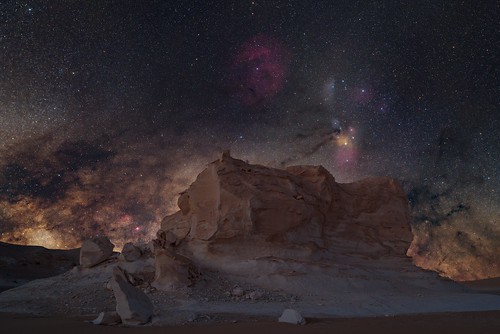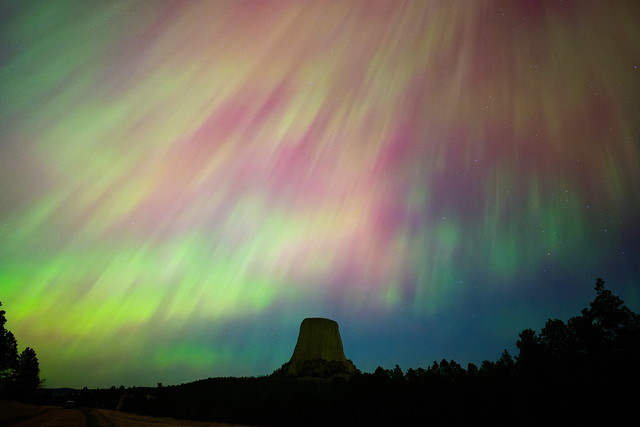Dear editors,
I would like to send you this image as a NASA APOD candidate. Thanks so much for your work and dedication.

In the Eridanus constellation, and close to the Orion constellation, we find a very interesting and pretty faint reflection nebula, IC 2118. Also known as the Witch Head nebula, IC 2118 is believed to be made of gas, and dust and is about 50 light-years across. Located around 900 light-years away from Earth, the Witch Head Nebula is illuminated by Rigel, the bright blue supergiant star in the constellation Orion. The blue color of the Witch Head nebula contrasts beautifully with the dusty red clouds around the nebula, creating a striking visual spectacle. These red clouds are galactic cirrus, galactic filamentary structures that surround our galaxy.
This 102h 25' image was acquired from my backyard observatory during several winter nights this 2024. I used my dual Takahashi FSQ setup in order to get double the data. One telescope, the FSQ85, was focused solely on Ha data in order to capture the faint galactic cirrus. More than 50 hours were needed to show the final detail. I find interesting trying to push the limits of my own amateur astrophotography work with such deep exposures that allows me to show several interesting details. If you look carefully, in the bottom right of the image (horizontal view) a galactic cirrus reveals the shape of a bat, just below the "mouth" of the witch. We called it pareidolia, but it's also a nice view of the deep universe. The other telescope, FSQ106, was used to capture the Luminance data along with the RGB.
Image details:
FSQ106:
L: 486 x 300" (40h 30')
RGB: (35,28,50 x 300") (9h 25')
FSQ85:
Ha: 630 x 300" (52h 30')
Calibrated with darks, flats and dark-flats.
Total exposure: 102h 25'
Moon at 30% (on average)
Image resolution: 1.46”/pixel
FOV (full image): 2º 31' x 1º 41'
Equipment:
FSQ106 EDX4 + ASI2600MM + LRGB Astrodon filters + Ha3nm Antlia - with ZWO EFW 7 pos
FSQ85 + ASI294MM + SHO LRGB Baader filters - with ZWO EFW 8 pos
Mesu200 mount
Guiding with ASI120MM and ZWO Mini Guide Scope
Aleix Roig, April 2024
Prades (Tarragona, Catalonia - Spain).























